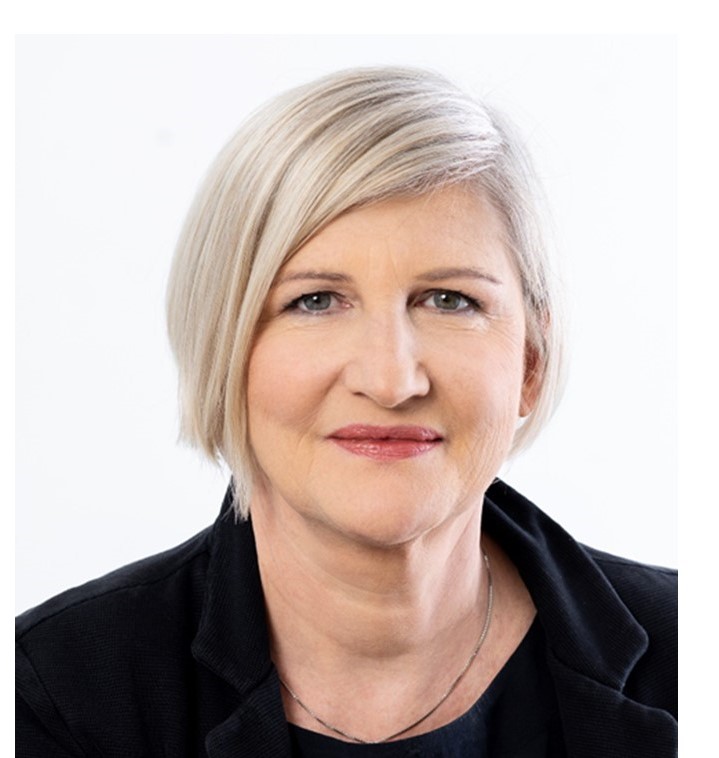
Center for Pathobiochemistry and Genetics (Institute of Medical Genetics )
Position: Associate Professor
ORCID: 0000-0003-4093-3780
T +43 1 56503
claudia.gundacker@meduniwien.ac.at
Keywords
Environmental Health; Environmental Pollutants; Genetics, Medical; Placenta
Research group(s)
- Environmental Health and Medical Ecology
Head: Claudia Gundacker
Research Area: Early life exposome, reproduction toxicology and environmental health with specific emphasis on the metabolism and transport of metals (mercury, iron, lead, and cadmium) and perfluoroalkyl substances across the human placenta.
Members:
Research interests
The focus of my research is on the early life exposome and associated disease risk. Dysfunction of the placenta has both direct and longer-term health effects. We combine human biomonitoring studies in mother-newborn pairs with in vitro toxicology. This allows us to study placental physiology and function in the context of prenatal exposure to xenobiotics such as the ‘forever’ chemicals PFAS. In this way, we are exploring mechanisms underlying adverse birth outcome. Another interest is the study of placental iron metabolism in order to develop improved therapy for preterm infants with low iron levels.
Techniques, methods & infrastructure
Human Biomonitoring, In vitro toxicology, Genotyping, Molecular biology, Cell culture, Placental primary cells, Trace element analysis (AFS, AAS)
Grants
- PARC - European Partnership for the Assessment of Risks from Chemicals (2022)
Source of Funding: EU, Horizon Europe
Principal Investigator - FATERISK PFAS in the urban water cycle (2020)
Source of Funding: WWTF (Vienna Science and Technology Fund), Urban Regions Call 2020
Principal Investigator - Iron metabolism of the human placenta – the key to understand iron transfer from the mother to the fetus (2018)
Source of Funding: NÖ Forschungs- und Bildungsges.m.b.H. (NFB), Life Science Call 2017
Principal Investigator - HBM4EU - Science and policy for a healthy future (2017)
Source of Funding: EU, Horizon 2020
Principal Investigator
Selected publications
- Krausová, M. et al. (2022) ‘Understanding the Chemical Exposome During Fetal Development and Early Childhood: A Review’, Annual Review of Pharmacology and Toxicology, 63(1). Available at: http://dx.doi.org/10.1146/annurev-pharmtox-051922-113350.
- Gundacker, C. et al., 2021. Gene Variants Determine Placental Transfer of Perfluoroalkyl Substances (PFAS), Mercury (Hg) and Lead (Pb), and Birth Outcome: Findings From the UmMuKi Bratislava-Vienna Study. Frontiers in Genetics, 12. Available at: http://dx.doi.org/10.3389/fgene.2021.664946.
- Forsthuber, M. et al. (2020) ‘Albumin is the major carrier protein for PFOS, PFOA, PFHxS, PFNA and PFDA in human plasma’, Environment International, 137, p. 105324. Available at: http://dx.doi.org/10.1016/j.envint.2019.105324.
- Granitzer, S. et al., 2020. In vitro function and in situ localization of Multidrug Resistance-associated Protein (MRP)1 (ABCC1) suggest a protective role against methyl mercury-induced oxidative stress in the human placenta. Archives of Toxicology, 94(11), pp.3799–3817. Available at: http://dx.doi.org/10.1007/s00204-020-02900-5.
- Widhalm, R. et al., 2020. Human placental cell line HTR-8/SVneo accumulates cadmium by divalent metal transporters DMT1 and ZIP14. Metallomics, 12(11), pp.1822–1833. Available at: http://dx.doi.org/10.1039/d0mt00199f.